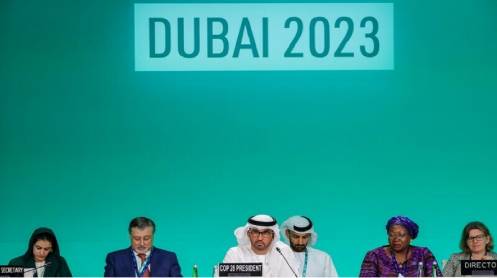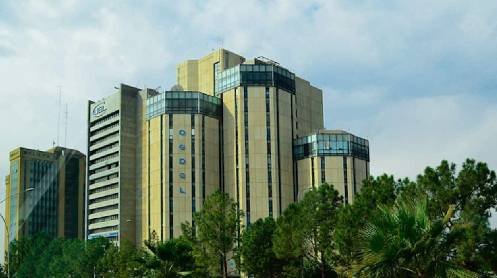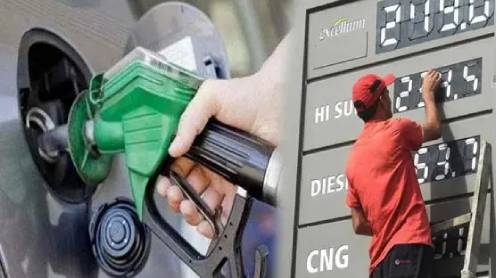THE Loss and Damage Fund (L&DF), agreed on in COP27, is considered a historic triumph for climate-vulnerable developing countries in the global South. Encouragingly, it came off as an early success and the highlight of the first day at the COP28, which is currently taking place in the UAE.
It took developing countries almost three decades to convince the international community to establish the L&DF to financially support the recovery and rebuilding of developing countries stricken by climate-related disasters. While climate finance mechanisms for climate mitigation and adaptation have been developed and deployed for a long time, L&DF would be dedicated to compensating for the damages and losses, including irreversible losses.
The L&DF breakthrough in COP28 underpins the consensus of the global community on climate justice, as most of the climate change-related losses take place in developing countries, which contribute very little to the problem of climate change. The formal approval and, thus the launch of the fund is an acknowledgement of differentiated responsibilities based on the principles of equity and polluter pay principle.
Countries have pledged around $400 million to compensate the developing countries to deal with climate change. This includes different levels of commitment from different parties; for example, the UAE and Germany committed $100m each, the UK committed $50m, the US promised $17.5m, and Japan pledged $10m to the fund. In addition to Germany’s $100m, the European Union promised $145m.
The Loss and Damage Fund is one of the most fought-for agreements as far as developing countries are concerned
It is hoped that the fund will have further pledges during the COP28. Nevertheless, this was undoubtedly a big day for climate-vulnerable developing countries in the history of climate negotiations, not to mention that L&DF is one of the most fought-for agreements as far as developing countries are concerned.
What is next? A secretariat for the L&DF will be established, which is expected to be hosted by the World Bank. This was contested by developing countries for the institution’s bureaucratic practices and the influence of the US, but this was an unhappy settlement.
Nonetheless, once the fund is up and running, more contributions will be required from the international community to make this much-needed mechanism successful. It is revealed that the fund would receive contributions from diverse sources, including grants, concessional loans, and innovative funding such as carbon taxes.
Further deliberations and developments of L&DF would include key decisions related to the architecture of L&DF. This includes the quantification of expected climate risks and implications for capital markets, cost estimates for climate-proofing of economies using the pre-arranged financing, sustainability of initial allocation of funds, funding requirements, disbursement mechanisms, and a comprehensive plan to roll out L&DF, among others.
Nevertheless, the central pillar in establishing the L&DF is the transmission of climate risk to assets and key infrastructure from the global South to the advanced economies’ capital markets.
It is important to note that the most effective approach to tackling the problem of climate change is to engage the local actors and at-risk communities to co-create solutions tailored to the local context while also scaling up the best practices.
However, this is impossible without having sufficient funds in place. Hence, a significant amount of pre-arranged financial contribution in terms of L&DF could be very useful if implemented effectively. This will support the long-term resilient recovery of vulnerable countries and communities which face resource constraints and cannot manage climate-related risks.
Climate-related disasters often exacerbate the debt crisis of climate-vulnerable developing countries, compromising their ability to tackle loss and damage effectively. It is, therefore, extremely crucial for advanced economies to consider the debt problem of developing countries while further developing the L&DF ie, the L&DF should not seek to profit from climate-vulnerable developing countries.
Furthermore, if the L&DF fails to transfer the risk away from developing countries, then the burden of losses stays with them, resulting in contributing to further debt crises.
Considering the severe fiscal problems of developing countries such as Pakistan, they must negotiate L&DF debt swaps to get debt relief to offset the cost of climate-related disasters and thereby buffer against their impacts. Thus, it is imperative to L&DF that losses and damages from climate-related disasters do not have significant debt implications or other liabilities for developing countries.
Nevertheless, it is also important to have a suitable governance structure for the L&DF, one that is equitable, serves the interests of climate-vulnerable developing countries and shows a firm commitment to the spirit of the fund.
The launch of the L&DF should also consider the institutional capacity and legal frameworks to use the support effectively. This will aid in ensuring long-term resilience and recovery in a coordinated, decentralised, and inclusive manner while also paving the way to mobilise further resources to top-up the L&DF.
In summary, the operationalisation of L&DF is certainly good news, but there is a long way to go in terms of securing adequate resources, transparency, inclusion, and climate-vulnerable developing countries’ smooth access to resources. This way, the fund will meet the needs of the most vulnerable communities and be scalable with long-term positive impacts, resulting in the best use of resources.
The writer has a PhD in economics from Durham University UK and works as the Director of Research Programmes for the Social Protection Resource Centre Islamabad





